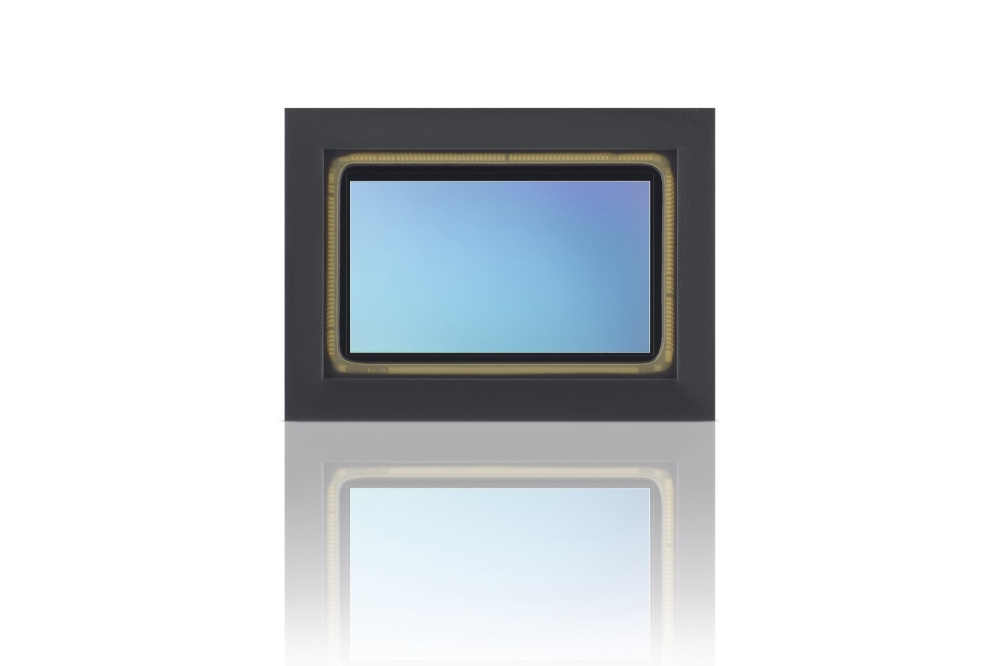CMOS Image Sensor for automotive cameras

Sony Semiconductor Solutions is set to release the ISX038 CMOS image sensor for automotive cameras, said to be the industry’s first product that can simultaneously process and output RAW and YUV images.
The new sensor product has proprietary ISP inside and can process and output RAW and YUV images simultaneously. RAW images are required for external environment detection and recognition in advanced driver-assistance systems (ADAS) and autonomous driving systems (AD), while the YUV images are provided for infotainment applications such as the drive recorder and augmented reality (AR).
By expanding the applications a single camera can offer, the new product helps simplify automotive camera systems and saves space, cost, and power.
The roles of automotive cameras continue to diversify in line with advances in ADAS and AD and increasing needs and requirements pertaining to the driver experience. On the other hand, there is limited space for installing such cameras, making it impossible to continue adding more indefinitely, which in turn has created a demand to do more with a single camera.
The ISX038 is the industry’s first CMOS image sensor for automotive cameras that can simultaneously process and output RAW and YUV images. It uses a stacked structure consisting of a pixel chip and a logic chip with signal processing circuit, with the SSS’ proprietary ISP on the logic chip. This design allows a single camera to provide high-precision detection and recognition capabilities of the environment outside the vehicle and visual information to assist the driver as infotainment applications. When compared with conventional methods such as a multi-camera system or a system that outputs RAW and YUV images using an external ISP, the new product helps simplify automotive camera systems, saving space, costs, and power.
ISX038 will offer compatibility with the EyeQ™6 System-on-a-Chip (SoC) currently offered by Mobileye, for use in ADAS and AD technology.
Main Features
■ Industry’s first sensor capable of processing and outputting RAW and YUV images simultaneously
The new sensor is equipped with dedicated ISPs for RAW and YUV images and is capable of outputting two types of images simultaneously with image quality optimized for each application on two independent interfaces. Expanding the applications a single camera can offer helps build systems that save space, costs, and power compared to multi-camera systems or systems with an external ISP.
■ Wide dynamic range even during simultaneous use of HDR and LED flicker mitigation
In automobile driving, objects must be precisely detected and recognized even in road environments with significant differences in brightness, such as tunnel entrances and exits. Automotive cameras are also required to suppress LED flicker, even while in HDR mode, to deal with the increasing prevalence of LED signals and other traffic devices. The proprietary pixel structure and unique exposure method of this product improves saturation illuminance, yielding a wide dynamic range of 106 dB even when simultaneously employing HDR and LED flicker mitigation (when using dynamic range priority mode, the range is even wider, at 130 dB). This design also helps reduce motion artifacts generated when capturing moving subjects.
■ Compatibility with conventional products
This product shares the same compatibility with SSS’ conventional products,*8 which have already built a proven track record for ADAS and AD applications with multiple automobile manufacturers. The new product makes it possible to reuse data assets collected on previous products such as driving data from automotive cameras. This helps streamline ADAS and AD development for automobile manufacturers and partners.
■ Compliant with standards required for automotive applications
The product is qualified for AEC-Q100 Grade 2 automotive electronic component reliability tests by mass production. Also, SSS has introduced a development process compliant with the ISO 26262 road vehicle functional safety standard, at automotive safety integrity level ASIL-B(D). This contributes to improve automotive camera system reliability.

































